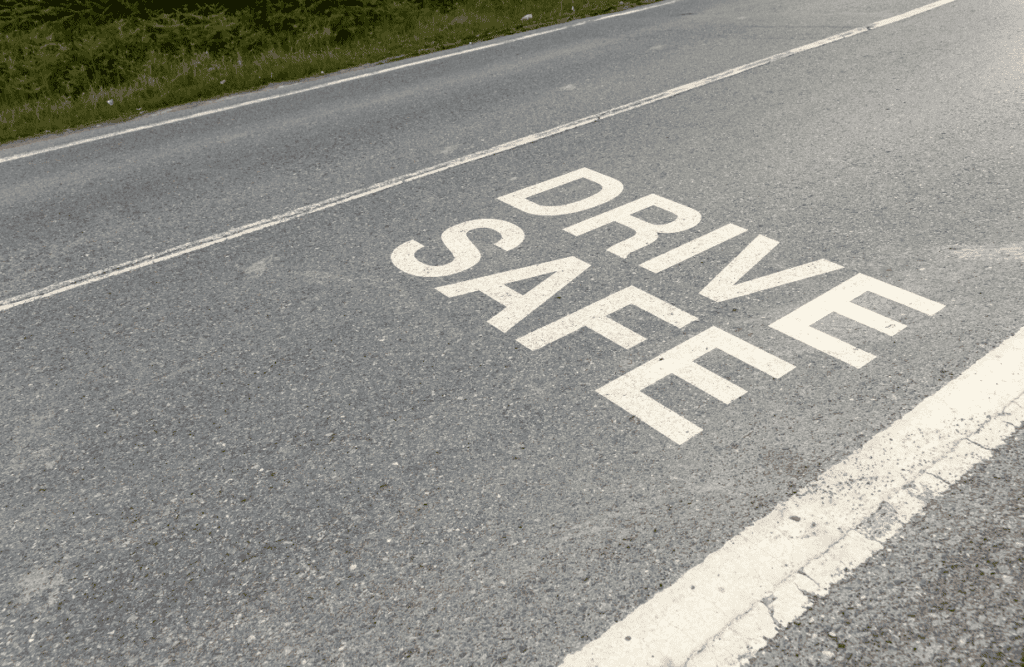When your child learns to drive, it’s like opening a new world of independence and accountability. However, the route offers a variety of difficulties, including sudden turns and possible dangers. Needless to say it is crucial to educate young people on driving safety as a beginner.
Table of Contents
Parenting is more than just giving your kids technical instructions; it’s also about giving them the mental tools they need to make life’s journey securely. Teaching driving safety is about developing a thoughtful mindset, not just following laws and regulations.
With 4% of drivers in the US being teenagers, parents have a lot of insights to develop a roadmap. It’s critical to communicate the immense power and inherent dangers of driving.

With so many distractions and unpredictables, driving may quickly turn from a recreational activity to a dangerous one. As such, part of preparing your young driver is instilling a vigilant and cautious mindset.
On this post, let look at tips on driving safety as a beginner to ensure new drivers go on their driving experience with competence, assurance, and a dedication to safety by looking into ideas and techniques.
Driving Safety As A Beginner – Start with the basics
Learning the fundamentals of driving is essential for everyone’s safety on the road. Knowing the basics of road safety is crucial before a person gets on the road, even more so for a young driver doing it for the first time.
This entails becoming familiar with how every control in the car, including the pedals, gears, steering wheel, and signals, works. Your kid should also know the traffic signs, signals, and laws. Understanding these fundamentals provides a solid basis for safe driving behaviors.

Practice in a safe environment
Perfectionism is a learned skill, particularly in driving. To practice driving, ensure your child gets a safe place, like a quiet neighborhood street or an empty parking lot. Let them begin with basic maneuvers like parking, turning, and stopping.
They should gradually advance to more difficult abilities like merging onto highways or navigating through congested areas. You can help your kid to refine their skills with practice sessions without the distraction of other drivers.
Introduce defensive techniques
Defensive driving is an essential skill that can lower risks and avoid accidents on the road. It entails foreseeing possible risks and being ready to respond accordingly. Educate your teen about handling a car with awareness and concentration, watching for potential hazards.
They should also know the significance of keeping a safe following distance from other cars. In addition to keeping the driver safe, defensive driving will keep your kid on the right side of the law.
Warn against negligent drivers
On the road, irresponsible drivers will unavoidably affect your child’s best efforts to drive defensively. They could be aggressive, inattentive, or impaired by drink or drugs. Your kid should know about the red flags of reckless driving, such as tailgating, abrupt lane changes, and unpredictable driving.
Consider the example of the Suffolk County area, which records a high number of negligent mishaps every year. According to Car Accident Attorneys in Suffolk County, drivers here should be extra cautious. Also, they should know their rights if the worst happens.
Highlight the risks of reckless driving
The danger of reckless driving worsens when your teen indulges in it. Inconsiderate actions such as speeding, swerving in and out of traffic, and disobeying traffic signals can have dire outcomes.
Recognize the dangers of irresponsible driving and its possible effects on both your life and the lives of others. Provide data and examples to highlight the risks and stress the significance of driving responsibly.

Model safe driving
It is your duty as a motorist to provide a positive example for your teenager. After all, kids emulate their parents all the time. Set a good example for them as a role model by driving safely and regularly. Respect speed restrictions, signal before turning, and ensure the safety of oncoming traffic and pedestrians.
Steer clear of distractions when driving, such as texting or talking on the phone. Commit to never operating a vehicle while intoxicated. These habits set a positive example for your teen from the outset.
Final Words on Driving Safety As A Beginner
In summary, safe driving can be a lifesaver for teens when they get behind the wheel for the first time. Even if you send your child to a driving school, do not overlook your role in this context.
As a parent, you can educate, encourage, and teach them the rules and guidelines of traffic safety. Most importantly, set an example by committing to responsible and defensive driving. You can make all the difference to ensure that your child models the same attitude from the outset and follows good habits in the long run.


